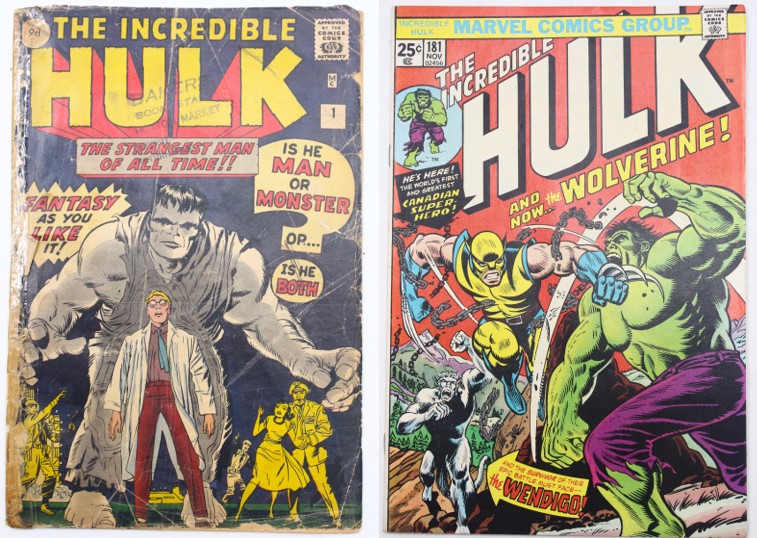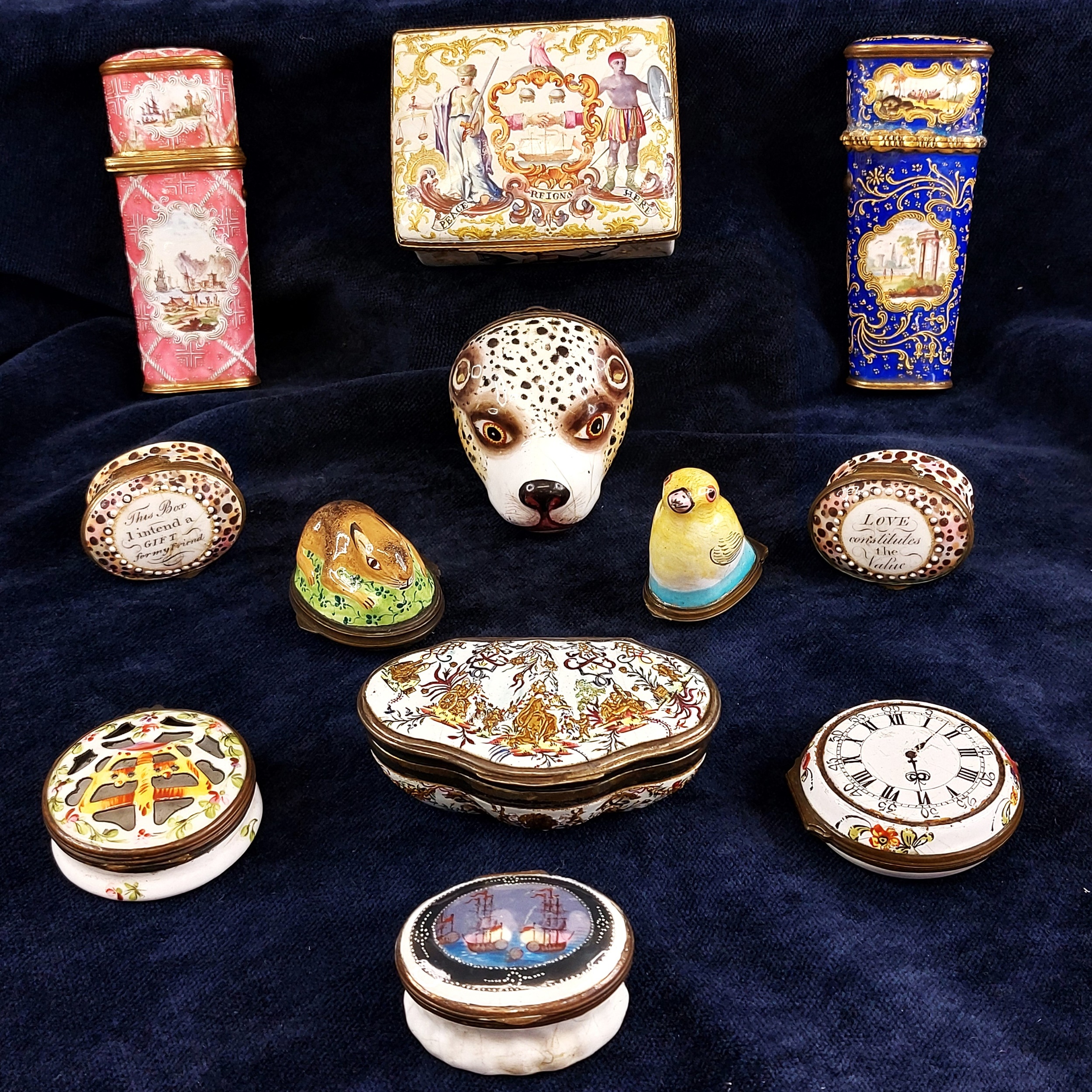An Industrious Collection
Medals from Great Exhibitions, International Expositions and World Fair’s
Our 11th June Medals, Militaria & Country Pursuits auction includes a large single-owner collection of 19th and 20th century commemorative and prize medals awarded to the most advanced scientific, technological and industrial innovations of the time.
The Victorian love of such global competitive displays was born from Prince Albert’s hugely successful Great Exhibition of 1851, or ‘The Great Exhibition of the Works of Industry of All Nations’ to give it it’s full title. Despite other nations having held exhibitions previously, they tended to showcase only their own products and had never been so large. From that point on, cities and industries clamoured to host similar celebrations of modern industry and design.
This was an era of rapid progress in many spheres; and a medal from a prestigious exhibition proving that a company or invention was rated above others by international judges was an excellent advertising angle. The collection includes examples from the 1893 World’s Columbian Exposition (better known as the Chicago World’s Fair) which showcased electricity and the first Ferris wheel, the 1900 Exposition Universelle in Paris which included motion picture exhibits from the Lumière brothers, and of course the 1851 Great Exhibition. Medals range from the 1830s through to the 1960s.
The name Waterlow & Sons occurs regularly throughout this collection; both as the manufacturers of some of the medals and souvenir maps, but also as winners for their own innovations, and the fact that one of the eminent Waterlows was often called upon to be a juror for Great Britain at several events. The firms’ fortunes appear to be intrinsically linked to Britain’s industrial and technical prowess in the Victorian era, later followed by their decline and fall in the 20th century.
Descended from Huguenot stock, James Waterlow founded the Waterlow lithographic printing company in the City of London around 1810. Originally formed to produce lithographic copies of legal documents, they moved on to printing envelopes and then postage stamps in 1852 – just twelve years after the first Penny Black was issued. With the expansion of the railways, Waterlow’s found another lucrative market in producing ticketing machines and timetables, while the growth of financial institutions led to a global business engraving bonds & share certificates, as well as currency. This latter endeavour unfortunately led to the company being caught up in one of the biggest fraud and forgery cases in British legal history involving the Bank of Portugal in 1925, and which is cited as being the beginning of the firms’ decline. As 20th century technology developed, they were also employed to print The Radio Times – a commission which lasted for 50 years.
The firm held offices and print works all over the United Kingdom. So important was their Park Royal works considered that it was even on the Luftwaffe’s hitlist during World War II. Despite being a global company with over 4000 employees by 1898, the firm, and individual Waterlows, were also known for their philanthropy; they introduced pensions, sick pay and benefit schemes long before these become common practice. Sir Sydney Waterlow (son of founder James) was a Liberal Party politician who became Mayor of London and a baronet, he is chiefly remembered for donating Waterlow Park to the public as “a garden for the gardenless”. Sir Sydney was appointed one of the Royal Commissioners at the 1851 Great Exhibition, and went on to be juror for Great Britain at various global expositions.
Unfortunately, Waterlow & Sons suffered decline in the mid to late 20th century, and after various splits, mergers, and being bought out, the company was finally dissolved in 2009.
This is a fascinating collection which portrays a sense of confidence and progress which epitomises one aspect of the Victorian era. Although Expo’s continue to this day around the world, and notable examples include the 1951 Festival of Britain and the 1929 Ibero-American Exposition (the offices of which can still be seen in Seville’s Plaza de España), these are now primarily branding exercises for countries and lack the mass public appeal and excitement which the earlier exhibitions held.
Further entries are invited until mid-May for the Medals, Militaria & Country Pursuits auction, contact department manager Glenn Pearl for valuations and auction advice





